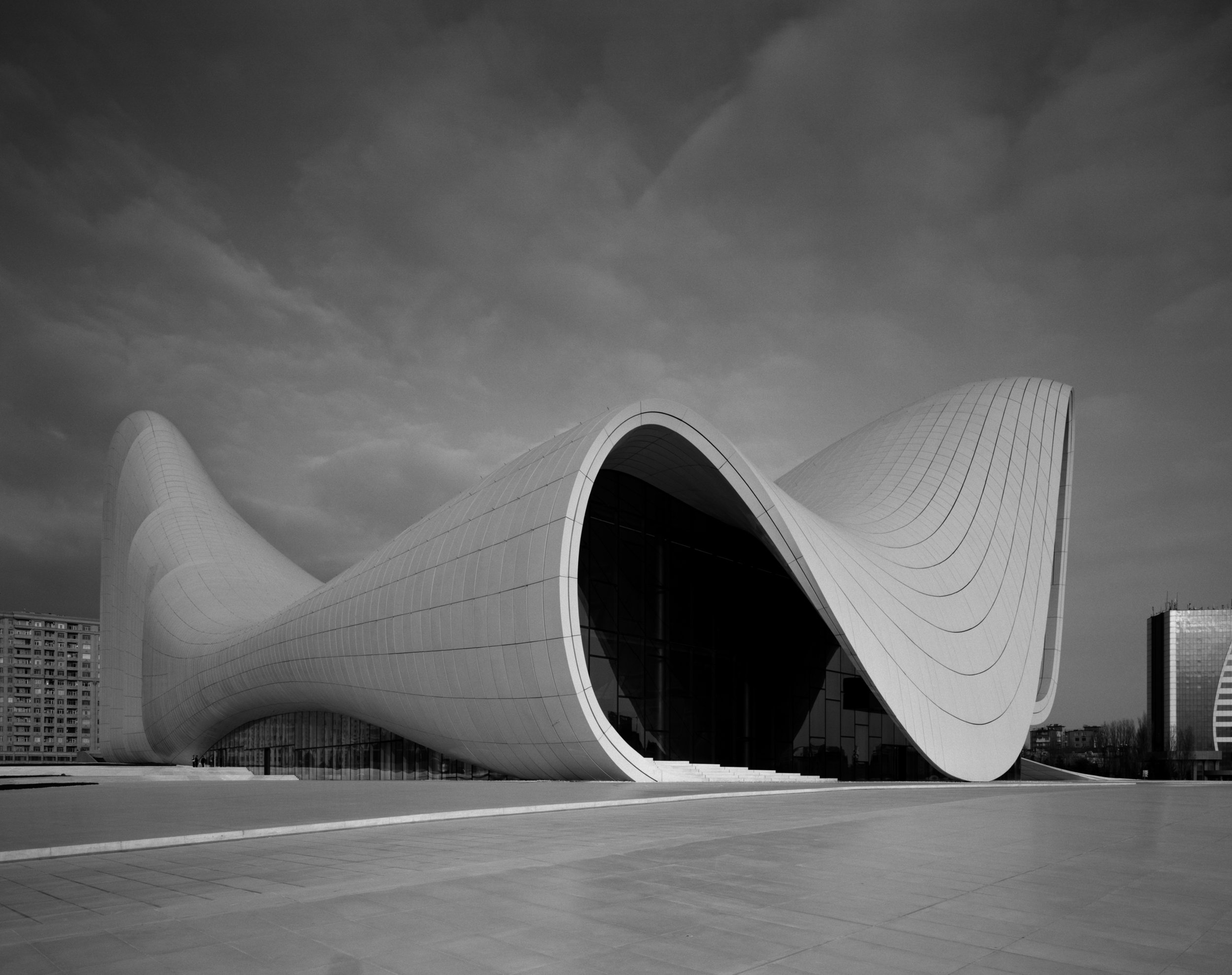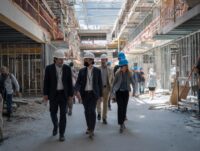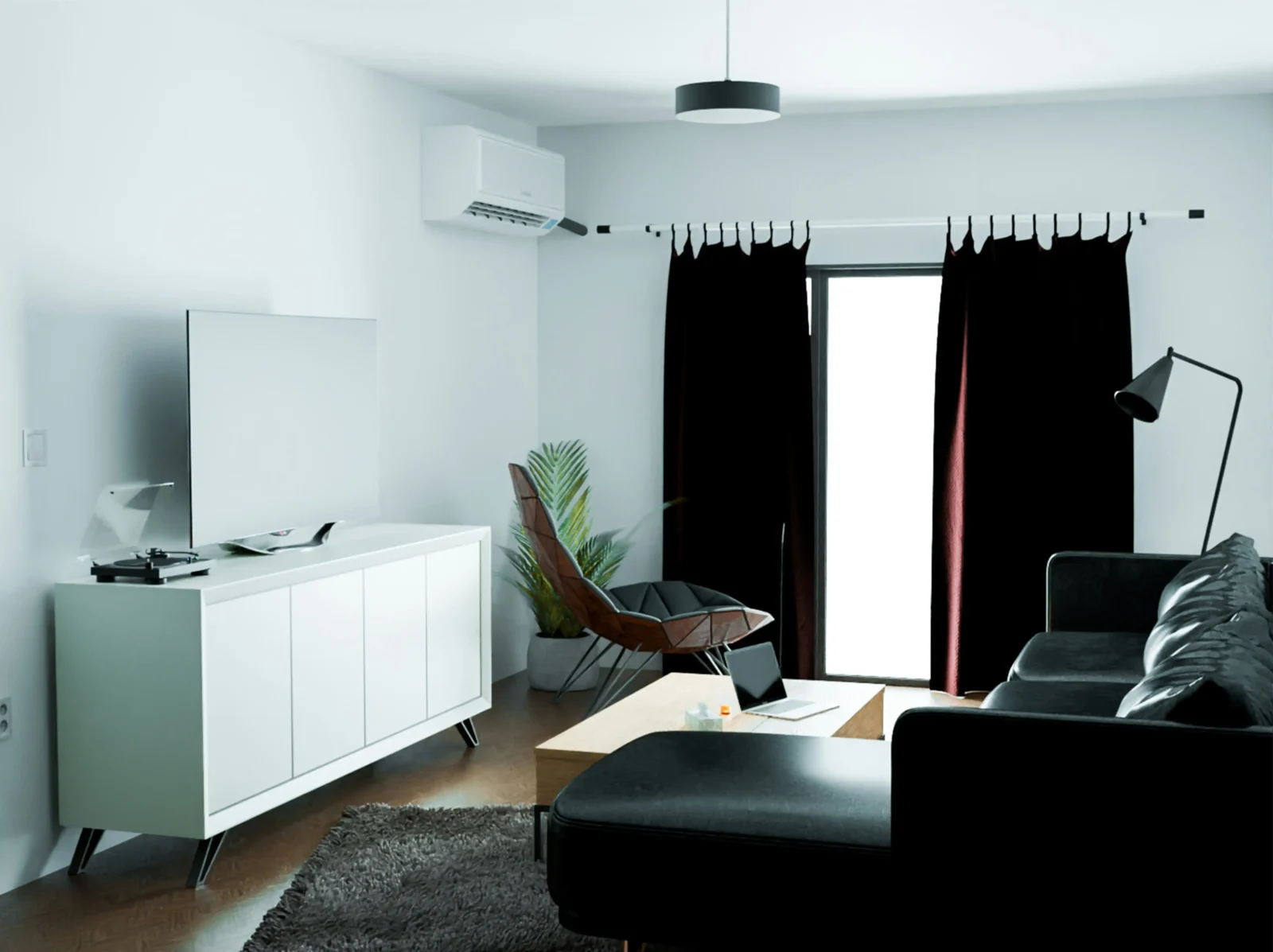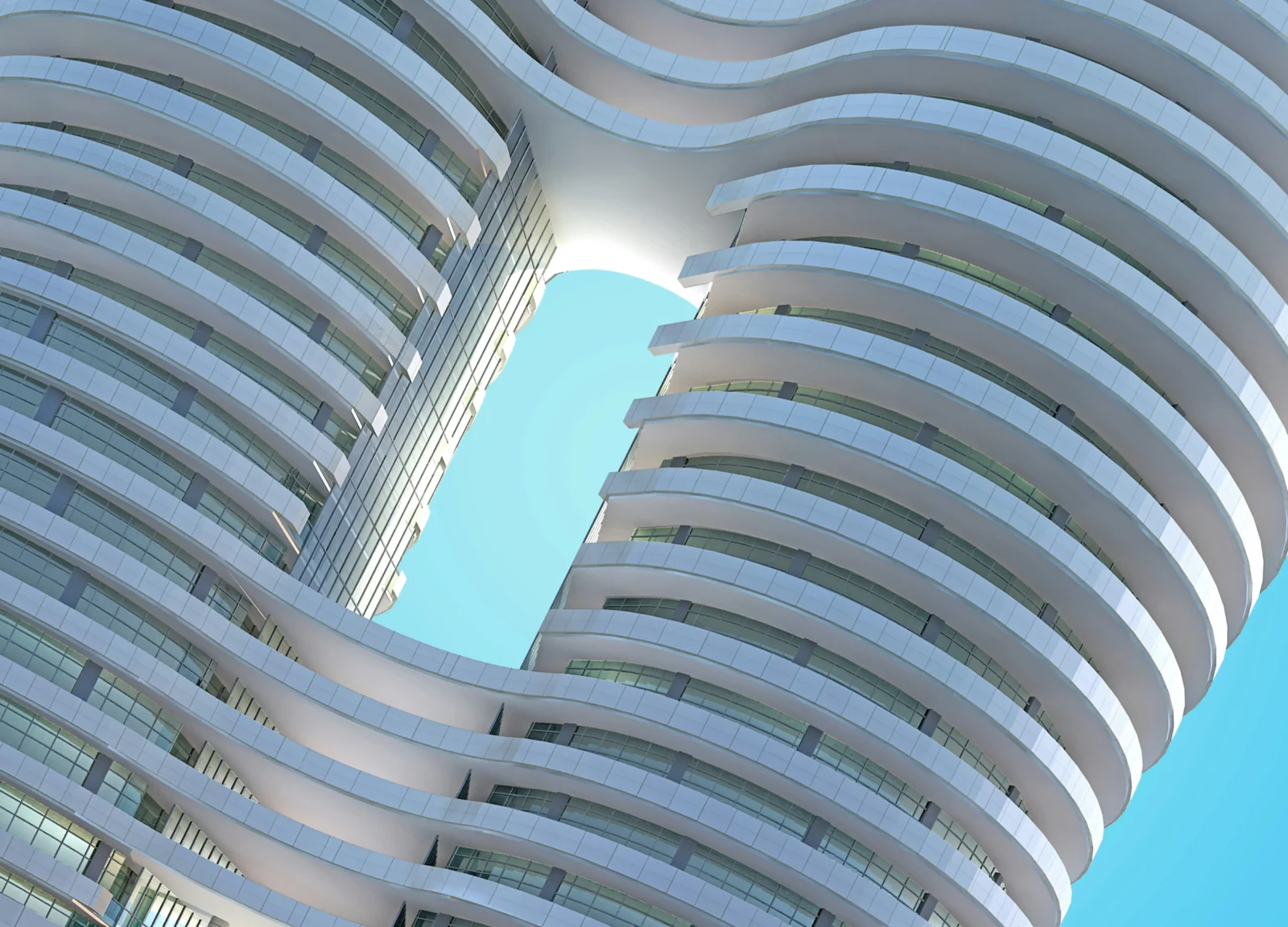- Home
- Articles
- Architectural Portfolio
- Architectral Presentation
- Inspirational Stories
- Architecture News
- Visualization
- BIM Industry
- Facade Design
- Parametric Design
- Career
- Landscape Architecture
- Construction
- Artificial Intelligence
- Sketching
- Design Softwares
- Diagrams
- Writing
- Architectural Tips
- Sustainability
- Courses
- Concept
- Technology
- History & Heritage
- Future of Architecture
- Guides & How-To
- Art & Culture
- Projects
- Interior Design
- Competitions
- Jobs
- Store
- Tools
- More
- Home
- Articles
- Architectural Portfolio
- Architectral Presentation
- Inspirational Stories
- Architecture News
- Visualization
- BIM Industry
- Facade Design
- Parametric Design
- Career
- Landscape Architecture
- Construction
- Artificial Intelligence
- Sketching
- Design Softwares
- Diagrams
- Writing
- Architectural Tips
- Sustainability
- Courses
- Concept
- Technology
- History & Heritage
- Future of Architecture
- Guides & How-To
- Art & Culture
- Projects
- Interior Design
- Competitions
- Jobs
- Store
- Tools
- More

The interior design world is as varied and diverse as the materials used to bring its visions to life. While wood, stone, and metal remain standard bearers in design, there’s a wide variety of unique, intriguing materials that have been making waves in the design world. This article aims to shed light on some of these materials, highlighting their unique characteristics, applications, and the design possibilities they offer.
1. Reclaimed Wood
Reclaimed wood has become a hot trend in recent years, adding a rustic, eco-friendly touch to interiors. This material is sourced from old barns, factories, and warehouses, providing a rich texture and history that new lumber can’t match. The use of reclaimed wood reflects the growing emphasis on sustainable design and can be used in furniture, wall paneling, and flooring.

2. Terrazzo
Once a staple of mid-century modern design, terrazzo has made a significant comeback. This composite material consists of chips of marble, quartz, granite, glass, or other suitable material, poured with a cementitious or polymeric binder. It’s celebrated for its speckled, mosaic-like aesthetic and its extreme durability. Terrazzo can be used for floors, walls, countertops, and even furniture.
Terrazzo is a versatile material that is often used for flooring because of its durability and ease of maintenance. It can also be used in kitchen countertops for a unique and colorful effect. Smaller pieces of terrazzo can be used to create decorative items like planters, coasters, or even furniture like coffee tables.
3. Cork
Cork is an interesting material that has been steadily growing in popularity. It’s sustainable, harvested from the bark of cork oak trees without harming the tree. Cork has excellent insulating properties, both thermal and acoustic, making it ideal for flooring. Its soft and cushiony texture also makes it comfortable underfoot. Moreover, cork can be used on walls for a warm, textured look or as a unique, pin-able surface.

4. Living Materials
One of the most innovative trends in interior design is the use of living materials. Green walls, also known as vertical gardens or living walls, are one such example. These are walls covered with live plants, adding a unique, dynamic element to interiors. Similarly, moss walls, which require less maintenance than green walls, are becoming popular.
Living walls or green walls can serve as eye-catching features in a living room, dining room, or even a home office. They offer not only an aesthetic appeal but also help improve indoor air quality. Moss walls, on the other hand, can be used as art installations or focal points in various spaces due to their low maintenance requirements.
5. Recycled Glass
Recycled glass is an eco-friendly material option that can be used in a variety of ways in the home. It can be transformed into countertops, backsplashes, tiles, or decorative accents. The use of recycled glass supports the circular economy and offers a wide range of aesthetics depending on the glass source and manufacturing process.

6. Rammed Earth
Rammed earth is an ancient construction technique experiencing a resurgence in modern architecture and interior design. It involves compressing a mixture of damp earth, cement, and sometimes other materials into an externally supported frame that molds the shape of a wall. The result is a sturdy, energy-efficient wall with beautiful, natural striations. Rammed earth is typically used in construction for walls due to its excellent thermal properties, but in interior design, it can create stunning feature walls with its natural, layered aesthetic. It can be used in a fireplace surround or even to create unique, sturdy shelving.
7. Bio-Based Materials
These include a wide array of materials derived from renewable biological sources. For instance, mycelium (mushroom-based) materials offer a unique, organic aesthetic, and they are also sustainable and biodegradable. Other bio-based materials gaining popularity include bamboo, flax, hemp, and algae.
When planning your next interior design project, don’t be afraid to think outside the box and consider using one or more of these interesting materials. Not only will they bring a unique aesthetic to your space, but many of them are also sustainable choices that can help reduce your environmental impact.

Submit your architectural projects
Follow these steps for submission your project. Submission FormLatest Posts
Coloring Your Year: Using Traditional Lunar New Year Hues to Transform Your Apartment Décor
Lunar New Year always brings a burst of color and energy, making...
Chandelier Light vs Ceiling Lights: Which Decorative Lighting Works Best for UAE Homes in Winter?
Winter in the UAE doesn’t arrive loudly. It doesn’t announce itself with...
Marketing for Architects: How Firms Are Getting More Clients Without Chasing Leads
Architectural marketing has changed in important ways. Referrals and reputation still matter,...
8 Innovative Apartment Design Ideas from the USA
Apartment design in the United States is rapidly evolving, with architects and...












Leave a comment